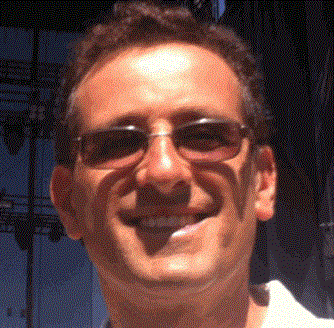3.3: Logistics Equations
( \newcommand{\kernel}{\mathrm{null}\,}\)
Modeling Population
The population of Tahoe was 15,000 in 1984 and now is 20,000. If we use the model that the growth is proportional to the population, then
dPdt=kp
which is a separable differential equation and can be solved:
dPp=kdt∫dpp=∫kdtlnP=kt+C
or
P=Cekt
since
P(0)=15000,C=15,000
so
P=15000ekt
since
P(15)=20000,
20000=15000ek15
or
k=0.019.
This model says that the population of Tahoe in 200 years will be
P(200)=15000e0.019(215)=891,629
or approximately one million people.
We should hope that this is not a good model. Alternatively, we can assume that the population will never become greater than 50,000 people and that the rate of population growth is proportional to the product of the population and 50,000 minus the population.
dPdt=kP(50000−P)dPP(50000−P)=kdt∫dPP(50000−P)=∫kdt.
Now use partial fractions:
AP+B50000−P A(50000−P)+BP=1
A=1/50000,B=1/50000.
Hence
1/50000[∫dPP+∫dP50000−P]=kt+Cln(P)−ln(50000−P)=at+blnP50000−P=at+b.
P(0)=15,000
gives
ln1535=b
or
b=ln37
P(15)=20000
gives
ln23=15a+ln37
or
a=ln14915.
Hence in 200 years we have
lnP50000−P=at+b or P50000−P=eat+b=M
P=50000M−MP
P=50000M1+M.
Now when t=215, then M=241.2 so that P=49794 which is a more reasonable estimation.
- On Monday the Ebola virus is caught by 3 people in an isolated community of 10,000 people. By Thursday, 40 people have the virus. How long will it be until half of the population have the virus.
- Water is pouring out of a lake at the rate of 10 gallons per second. Water from an contaminated MTBE source of 3 mg per gallon is pouring into the lake at 12 gallons per second. The lake initially is uncontaminated and contains 1,000,000 of water. How long will it take until the lake has 1 mg per gallon of MTBE contamination? Hint: Rate = Rate In - Rate Out.
Larry Green (Lake Tahoe Community College)
Integrated by Justin Marshall.


